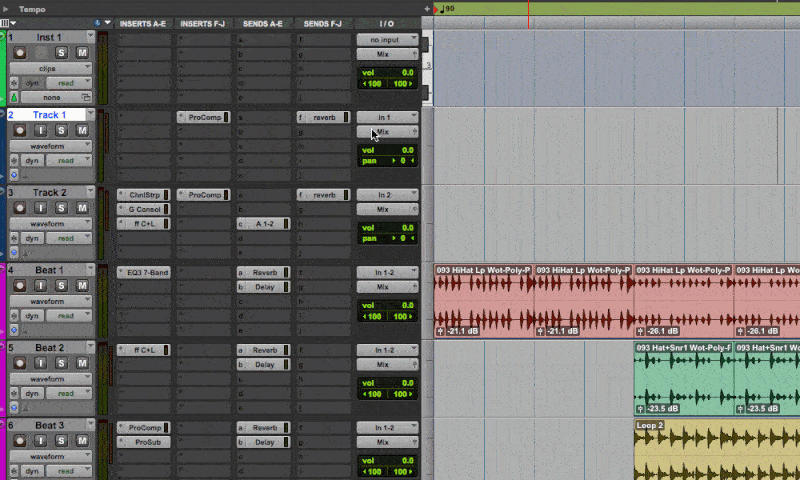

Modern drivetrains often have only 2 front chainrings, or even only 1, and cross chaining is more exaggerated with the modern systems (50-34 compact doubles, or 1x systems). When doing experiments and comparisons, it is very difficult to draw a correct conclusion when more than one thing is altered.ĥ to 8 speed chain inner width is narrower than it is for single speed chains.ĩ+ speed chains are a bit further narrower.Ĭassette sprockets are practically narrower for each extra gear added (two adjacent numbers of gears sometimes have the same sprocket thickness, like Shimano 10, and 11-speed cassette sprockets both being 1.6 mm thick). I have found an article that does show a few types and different 1x solutions, though without considering compatibility at all, but it’s a start: So I haven’t made any measurements, or experiments with 1x drivetrains yet. And the fact I make sure to note all the downsides, and call out any marketing gimmicks I notice, makes me believe that it’s not very likely for the manufacturers to be sending me samples for testing, as they do with some other websites/companies. The very thing that made me experiment and document compatibility – a constant lack of “proper” components availability – is what makes it difficult for me to test the newest stuff as it comes out to the market. Probably will in a few years, as more and more people get that stuff 2nd hand from Germany and the likes. Unfortunately I haven’t had much experience with the modern 1x drivetrains. 2.38 mm inner width) to be a less tight fit on those chainring teeth, designed for 9+ speed chains (with 1/128″ i.e. I would expect 8 (and fewer) speed chains (with 3/32″ i.e. It makes sense – narrow wide chainrings only come in even tooth counts (no odd ones), for exactly the reason that it’s the only way to make sure that wide teeth always go between the wider (outer) chain plates, and narrow teeth between the narrower (inner) chain plates. My video explaining bicycle chain construction and dimension standards: * See the two comments by Klaus here (thanks for the valuable feedback), Table 1 gives an overview of chain outer dimensions, by number of speeds. This is important for bikes with multiple sprockets, so the chain doesn’t get stuck (too wide), or drop between the sprockets (too narrow).

Pitch is the same for all the chains – they are aligned by length.Īs can be seen from the picture 3, the outer width differs mostly. Note how rollers of all the multispeed chains are of almost the same width, only single speed chain being significantly wider on the inside. From left to right:Ĭampagnolo 11 speed, SRAM 10 speed, Shimano 9 sp, SRAM 6/7/8 sp, old 5 speed, 1/8″ single speed chain Inner width of all the multi speed chains is almost the same – with only single speed chains having a significantly larger inner width. The more “speeds” a chain is designed for, the thinner the outer plates and shorter the pins are (and they protrude less) – so the outer chain width is smaller (i.e.

Inner chain width is the spacing between a pair of inner plates. This goes for all the bicycle chains, regardless of the speed number. For this post it suffices to say that bicycle chain pitch is exactly 1/2 inch (12.7 mm). Chain pitch is shown with green markers, though it is determined by measuring the distance between 3 adjacent pins (blue mark) and dividing it by two.įor detailed explanation of chain pitch, and why measuring three pins gives a more accurate result read the post Chain wear (“stretching”). It is measured by measuring the distance between 3 links, then dividing it by two. Each chain has three important dimensions: pitch, inner width and outer width.Ĭhain pitch is the distance at which the pins are placed. This post will give an overview of bicycle driving chains standard dimensions.


 0 kommentar(er)
0 kommentar(er)
